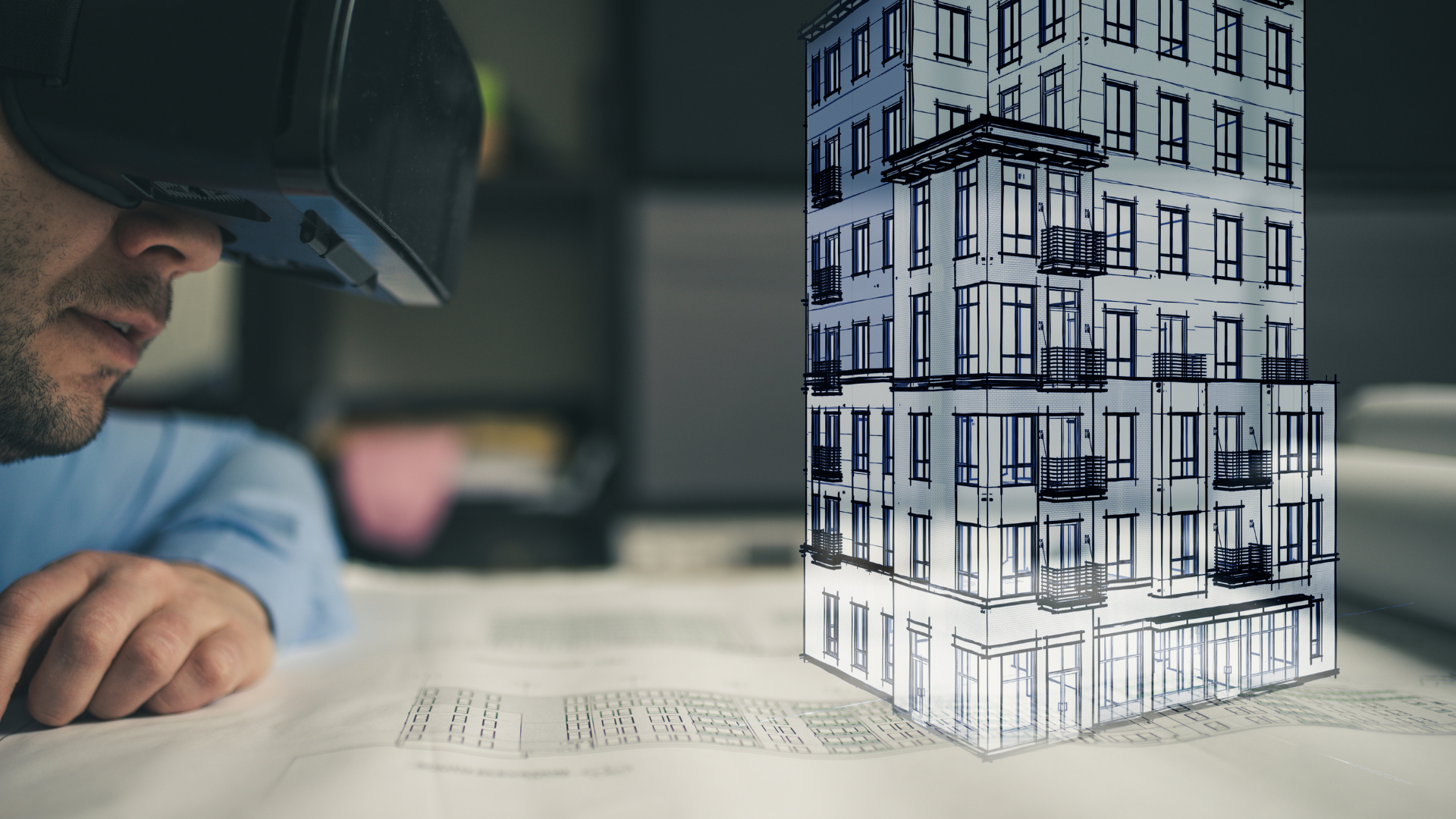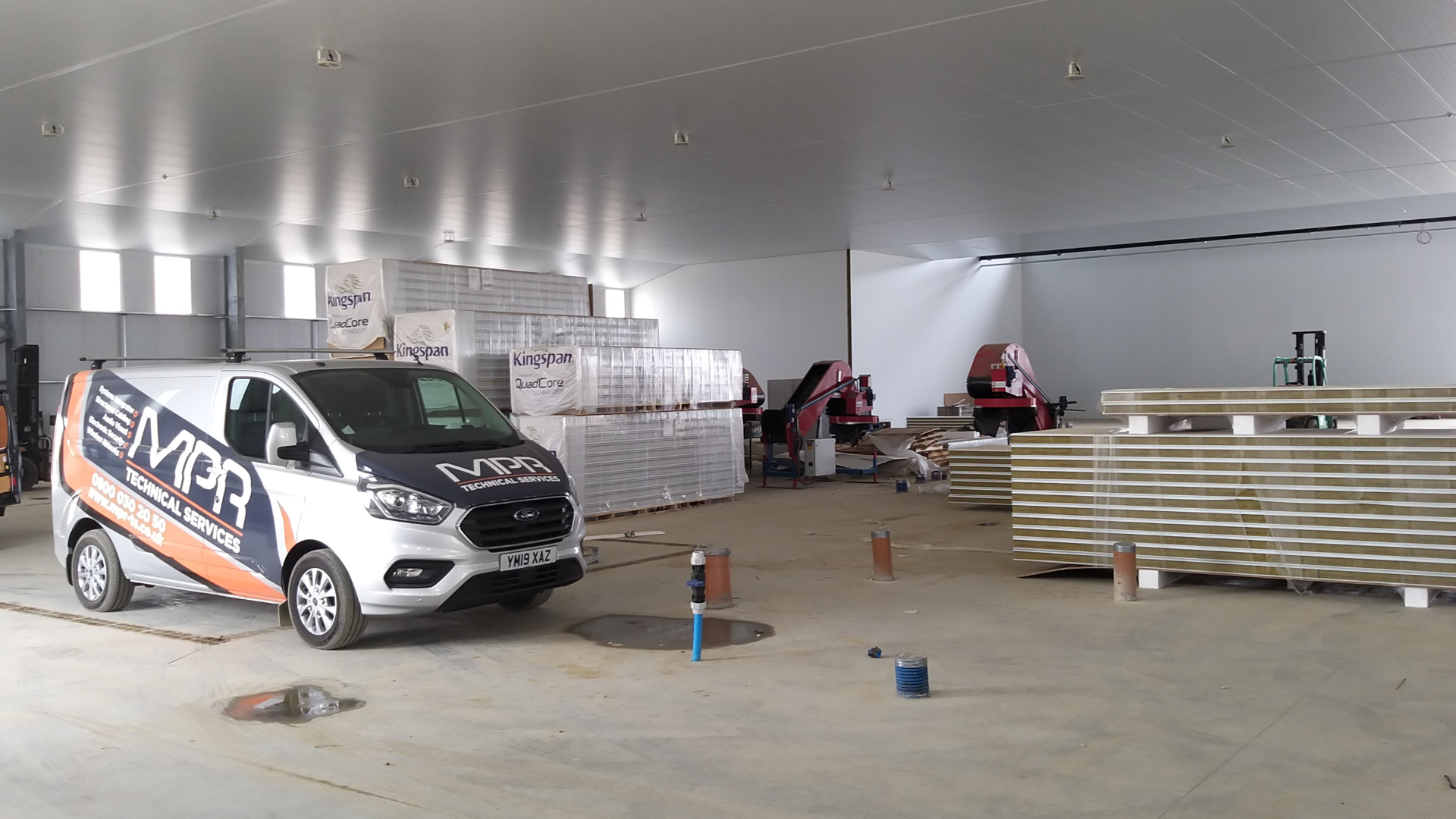Virtual Reality: Transforming Operational Landscapes
Virtual reality is revolutionising the way businesses operate, from design and construction to consumer experience. With the use of a headset, individuals can explore and interact with spaces that have not yet been built, providing a foresight that was previously unimaginable. This technology is shaping the future of business, offering new possibilities and opportunities.
The Revolution in Product Design
Virtual reality is changing the game for designers, transforming the way they conceptualise and bring their ideas to life. By immersing themselves in a virtual environment, designers can visualise their creations with unparalleled precision and insight. This leads to more efficient iterations and a higher level of fidelity to the original vision. Rapid prototyping and iterative design become not only possible but also transformative, paving the way for innovation and customer satisfaction.
Accelerating Prototyping
Virtual reality (VR) is revolutionising the prototyping process, making it faster and more dynamic than ever before. Design iterations can be done rapidly, resulting in shorter development cycles and improved design quality. Stakeholders can experience the dimensions and functionalities of a product within a virtual space, facilitating streamlined feedback and enabling agile decision-making.
Virtual reality is truly changing the landscape of business operations, design, and prototyping. Embracing this technology opens up a world of possibilities and propels businesses into the future.
Integrating VR into prototyping not only accelerates the physical build cycle but also constructs a collaborative sphere for designers and engineers. This synergy enables simultaneous exploration of aesthetic and functional aspects, enhancing product viability and user experience before a single prototype is physically crafted.
Enhancing Collaboration
Virtual reality bridges geographical divides, allowing international teams to collaborate seamlessly. The interactive nature of VR enhances collaboration, enabling teams to iterate designs and reach consensus more efficiently. Avatars representing team members preserve the essence of human interaction, especially in fields like architecture and construction. VR becomes a portal to collective creativity, facilitating real-time manipulation of environments and fostering alignment between departments. The adaptability of VR supports real-time collaboration, enhancing the efficiency and effectiveness of collaborative efforts in today’s fast-paced business environment.
Virtual Reality (VR) is Revolutionising Education
Virtual Reality (VR) is transforming the educational landscape by providing immersive experiences that enhance understanding and retention. It goes beyond traditional learning methods, allowing learners to interact with three-dimensional models and environments in real time. This technological leap is particularly impactful in industries involving high-risk scenarios or complex procedures, as VR enables experiential learning to master critical skills before real-world application.
Moreover, VR eliminates geographical barriers, democratising knowledge and enabling access from anywhere. It facilitates engaging remote learning experiences and training simulations that rival or surpass in-person sessions. Professionals can receive training on cutting-edge technology without the need for travel, reducing costs and time while ensuring high-quality outcomes. This innovation is especially valuable in specialised sectors with limited access to expert knowledge and equipment.
Ultimately, VR is setting new standards in education and vocational training, offering a “hands-on” experience without the associated risks or resource implications.
Immersive Skill Development
Virtual Reality (VR) enhances learning outcomes by providing an immersive experience that mimics real-life scenarios. It fosters rapid skill acquisition, critical thinking, and problem-solving abilities in a safe and controlled environment, which is invaluable for professional development.
Training becomes highly engaging with VR’s interactive simulations. Learners can practice skills in a lifelike context without the physical risks associated with real-world training.
In scenarios where precision and accuracy are paramount, VR training programmes facilitate a deeper understanding of complex tasks. Trainees are immersed in a world where they can rehearse intricate procedures with immediate feedback, solidifying their knowledge and boosting their confidence before applying these skills in actual work situations.
For businesses, this translates into a more competent and prepared workforce, able to adapt rapidly to changing operational demands. By incorporating VR into their training matrix, companies can maintain a continuous loop of improvement, ensuring that employees are not merely familiar but proficient with the latest techniques and technologies. The result is a tangible uplift in operational efficiency and, as we move into an era defined by digital transformation, a significant competitive advantage.
Remote Learning Possibilities
The advent of VR technology has catalysed an educational revolution, obliterating geographical confines that once limited access to specialised training. With virtual reality, learners the world over can don the mantle of a pupil in far-flung classrooms or training programmes without ever leaving their locale.
Virtual Reality: Redefining Education
Virtual Reality (VR) offers immersive experiences that break the boundaries of traditional education. With VR, a medical student in Manchester can virtually attend a lecture by a leading neurosurgeon in New York, transcending physical limitations. This interactive platform goes beyond textbooks and lectures, providing a dimension where complex concepts are experienced, not just taught.
Additionally, VR enables collaborative learning without the constraints of physical classrooms. Participants from different locations can engage in real-time, sharing training scenarios and benefiting from diverse perspectives. This collective experience fosters teamwork and enhances the learning process.
In essence, VR promotes balanced education, democratising knowledge for global accessibility. By extending the reach of expert tutelage, VR eliminates distance as a barrier to top-tier education. These advancements support upskilling efforts, crucial for enterprises aiming to cultivate a forward-thinking and globally competent workforce, aligning with global business strategies and workforce mobility.
Virtual Reality (VR) Revolutionising Customer Experience
Virtual Reality (VR) is revolutionising customer engagement, surpassing traditional physical and digital interfaces. Through virtual showrooms and interactive product demos, businesses can offer immersive experiences that transcend geographical and spatial limitations. This direct virtual interaction creates a vivid and memorable customer journey, enhancing brand perception and loyalty.
In retail, VR experience zones enable consumers to virtually try on garments or preview furniture in their own homes, simplifying the decision-making process. Advancements in haptic feedback technology narrow the tactile gap, allowing users to ‘feel’ the products. These impactful touchpoints redefine the retail landscape, enriching the consumer journey.
Virtual Showrooms and Trials
Virtual showrooms have revolutionised the paradigm of customer interaction and product representation. They offer an unprecedented level of immersion and detail, sidestepping the limitations imposed by traditional brick-and-mortar showrooms or two-dimensional websites.
For businesses, this shift to virtual reality showrooms paves a strategic pathway to demonstrate complex products and systems. What once required extensive space and physical prototypes can now be presented within a meticulously crafted digital environment. This method not only saves resources but also enables instantaneous updates and alterations, providing a dynamic and flexible platform for product demonstration and customer engagement.
Significantly, this immersive approach opens the doors to a global audience, unrestricted by location. It allows potential customers to explore and trial products from the comfort of their own space. The resulting data and feedback garnered from these virtual interactions are invaluable, offering businesses direct insights into user behaviour and product reception.
Moreover, these virtual experiences are extending beyond mere product interaction and into the realm of experiential marketing. Customers can now be transported into scenarios that showcase the products in their intended environment, telling a more compelling story. This experiential layer amplifies the emotional connection to the product, creating a powerful and memorable brand interaction that drives affinity and loyalty.
Improving Construction Efficiency
Virtual Reality: Transforming Construction
Virtual Reality (VR) is revolutionising the construction industry with its exceptional visualization capabilities. By immersing stakeholders in a fully realised 3D model, VR enables the evaluation of design choices, the anticipation of challenges, and remote collaboration, resulting in a streamlined decision-making process. This enhanced planning phase reduces costly errors and reshapes the trajectory of developments from start to finish.
The iterative process of design and construction becomes significantly more efficient with VR. Design flaws can be identified and rectified before the ground is broken, and changes can be assessed for their impact in real time. This minimises on-site amendments, saves time and resources, and ultimately elevates the quality of the finished structure.
Streamlined Planning Processes
Virtual reality technology propels planning processes into a stratosphere of efficiency and precision never before experienced. Its immersive environment allows teams to scrutinise and refine proposals with an unprecedented level of detail.
With virtual tools at their disposal, architects can explore a construction project iteratively, identifying potential issues before physical work commences. This proactive approach minimises the risk of costly post-construction changes. Dynamic virtual environments also facilitate collaboration amongst stakeholders, enabling decisions to be made with greater confidence and consensus.
Furthermore, urban planners can utilise VR to visualise infrastructure projects in the context of existing environments. This not only enhances public engagement but also serves as a powerful tool for urban development. Stakeholders can assess the impact of proposed structures within the virtual world, ensuring optimal integration and functionality within the real one.
In conclusion, advanced virtual reality systems are revolutionising the way we conceptualise and implement new structures. By providing a robust platform for exploration and validation, VR reduces the likelihood of costly revisions and accelerates the project lifecycle. This technology is reshaping the very foundation of the planning process, offering a smarter, more sustainable pathway from concept to reality.
On-Site Simulation and Training
Virtual Reality (VR) propels on-site simulation and training into immersive experiences, treading the fine line between the virtual and physical worlds with unprecedented realism.
-
Hazard Recognition: Trainees navigate through virtual safety scenarios, identifying potential hazards without real-world risk.
-
Procedure Familiarization: Step-by-step walkthroughs in VR help personnel master complex procedures before stepping on site.
-
Emergency Response Training: VR scenarios simulate critical situations, allowing teams to hone their response skills in a controlled environment.
-
Equipment Operation: Operators gain virtual hands-on experience, managing equipment interfaces just as they would in actual job conditions.
-
Collaborative Troubleshooting: Teams can collaboratively confront and resolve problems within a virtual setup as realistically as if on location.These simulations are tailorable, adapting to specific site demands and advancing the workforce’s competence before physical deployment.
Proficiency gains from VR training not only enhance safety but also accelerate the overall project schedule, reducing downtime and boosting productivity.
Integrating VR Solutions with MPR Technical Services
At MPR Technical Services, we specialise in helping businesses seamlessly integrate Virtual Reality (VR) solutions into their operations. With our trusted partners, we can supply and install cutting-edge VR technology tailored to your specific needs. Whether you require VR headsets, motion tracking systems, or immersive display setups, we have you covered.
Our team is experienced in working with a wide range of industries, including construction, architecture, retail, and more. We understand the unique challenges and opportunities that VR presents in each sector, and we can provide expert guidance to ensure a successful implementation.
In addition to hardware solutions, we also offer software solutions that are customized to meet your business requirements. Our software solutions enable you to create, manage, and optimise VR experiences, allowing you to deliver immersive and engaging content to your customers or stakeholders.
By partnering with MPR Technical Services, you can leverage the power of VR to enhance your business operations, improve customer engagement, and stay ahead of the competition. Our comprehensive services and expertise ensure a seamless integration of VR technology into your business, unlocking new possibilities and driving innovation.
Contact us today to explore how MPR Technical Services can help you harness the full potential of VR for your business.

